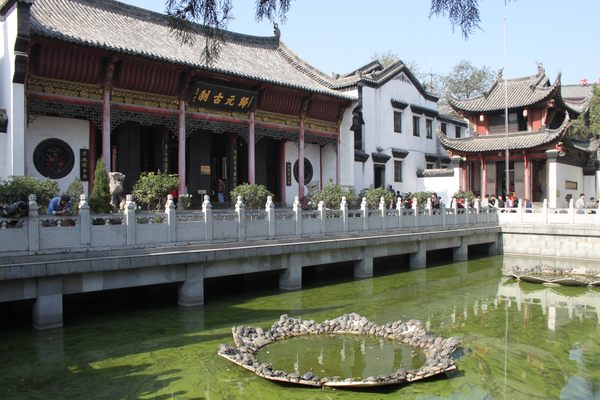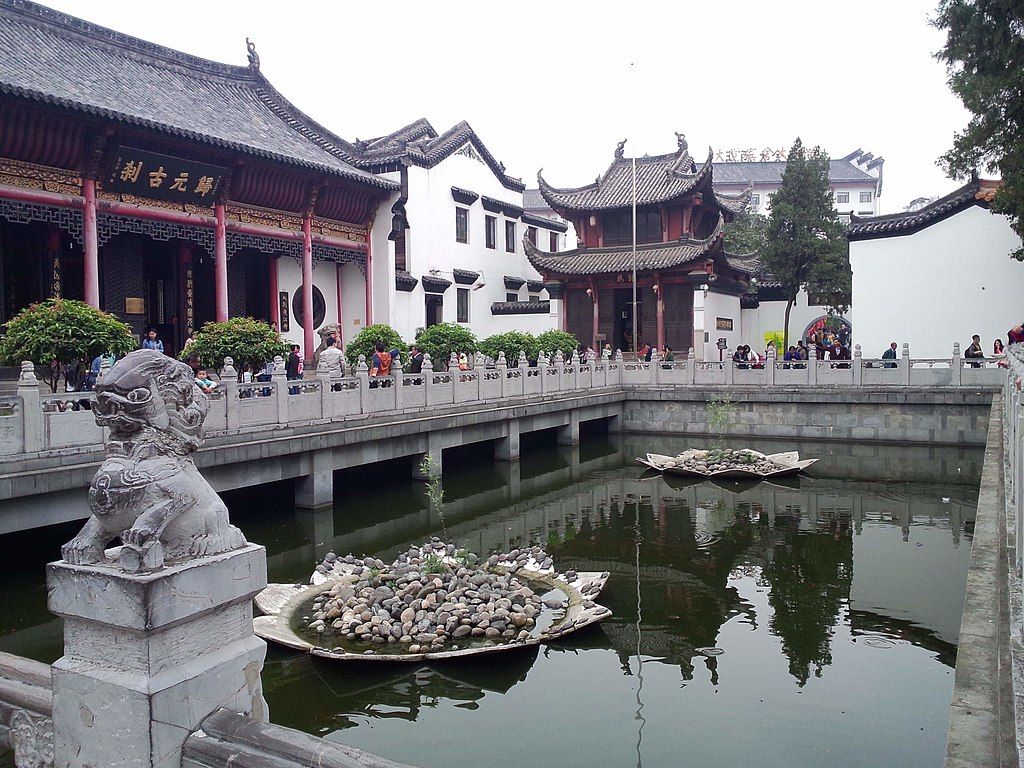About
A 17th-century Buddhist temple is one of the gems of the city of Wuhan, the largest city in inland China and capital of the Hubei Province. Known as the "Temple of Original Purity," its history dates back to the mid-17th century, making Guiyuan Temple the oldest of its kind in the province.
Though the temple is more than 350 years old, it is relatively new compared to the surrounding city. The earliest settlements in the area that is now Wuhan were established around 3,500 years ago. In 1926, three neighboring cities of Wuchang, Hankou, and Hanyang were merged into a single, large city that is now Wuhan. Those three cities are now districts that make up the urban core of Wuhan.
Guiyuan Temple is located in the Hanyang district. Construction on the temple began under the tutelage of a Buddhist monk called Bai Guang, and was completed in 1658. The etymology of Guiyuan is to be found in ancient sutras, and it refers to the overcoming of the cycle of birth and death. The temple consists of five courtyards and gardens and it covers 4.67 acres in total.
The eastern courtyard is where the entrance is located, and it is easily identifiable because of its bright yellow-orange color and four large red lanterns hanging from the corners of the traditional hip roof. Engraved on the lintel of the main gate is the name of the temple.
But the southern courtyard holds the most interesting part of this temple: 500 statues of Lohan (also known as Arhats), or Buddhist disciples that have achieved enlightenment. Each statue has individual traits and a unique facial expression. Legend has it that upon entering, a person is supposed to randomly choose the statue of a Lohan. From that starting point, he or she should walk along the line of Lohan statues in either direction and count them until the person reaches his or her age. The facial expression of the last Lohan counted is supposed to be a reaction of the Lohan upon seeing the person’s future.
Related Tags
Community Contributors
Added By
Published
March 17, 2022



























